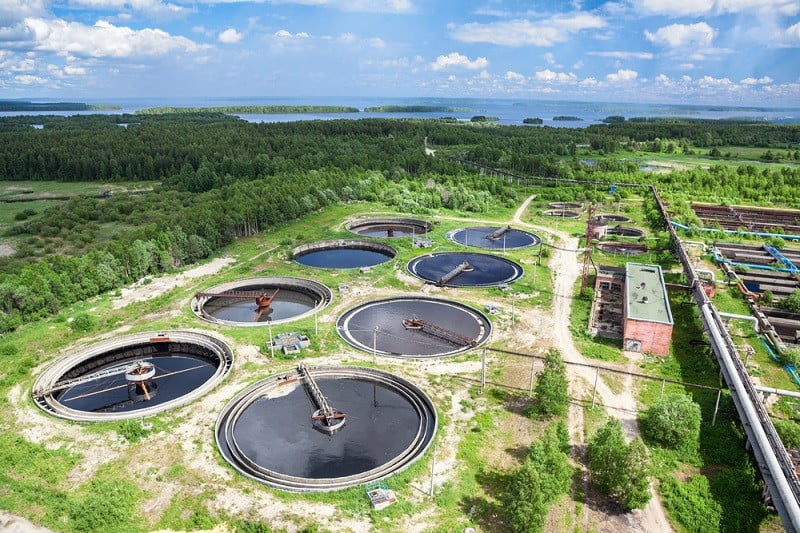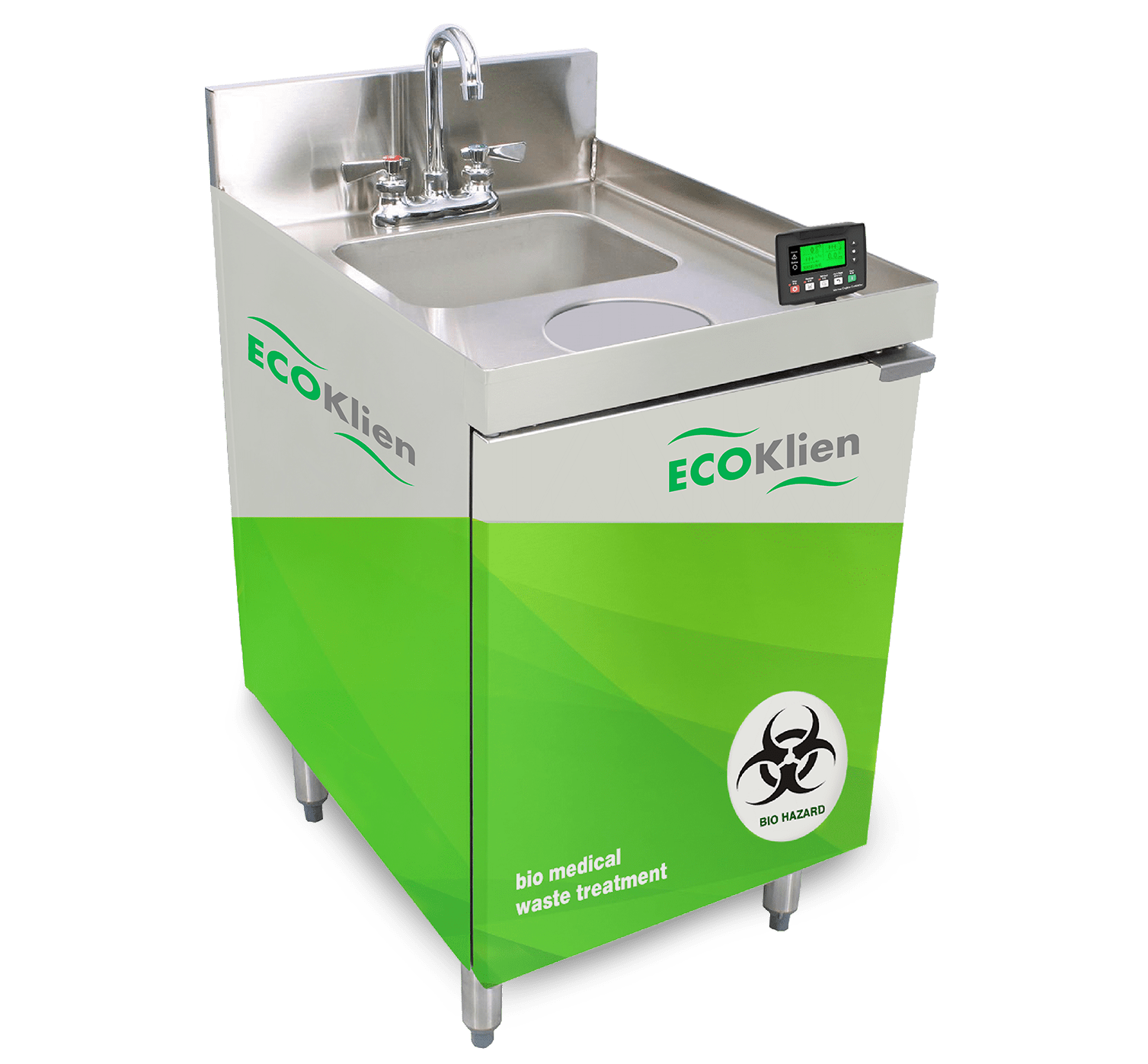Trusted Liquid Waste Disposal Melbourne: Safe and Effective Solutions
Trusted Liquid Waste Disposal Melbourne: Safe and Effective Solutions
Blog Article
Just How Liquid Garbage Disposal Functions: A Detailed Overview of Methods and Technologies Utilized

Summary of Fluid Waste Types
The complexity of fluid waste kinds necessitates an extensive understanding of their attributes and implications for disposal. Fluid waste can broadly be categorized right into numerous types, including industrial, municipal, agricultural, and contaminated materials. Each group shows unique properties, calling for specific monitoring approaches to minimize ecological and health and wellness threats.
Industrial fluid waste originates from manufacturing procedures and usually consists of a variety of contaminants, such as hefty steels, solvents, and organic substances. Local liquid waste, mostly consisting of wastewater from households and commercial facilities, consists of natural issue, nutrients, and virus (industrial wastewater treatment). Agricultural liquid waste, including overflow from farms, may have plant foods, pesticides, and animal waste, posing dangers to water high quality and ecological communities
Hazardous liquid waste is identified by its toxicity, sensitivity, or prospective to trigger injury. This classification consists of compounds like acids, bases, and particular chemicals that require rigorous handling and disposal procedures. Recognizing these diverse fluid waste types is critical for developing reliable disposal methods and making sure compliance with ecological laws. Appropriate classification and characterization are necessary for carrying out appropriate therapy strategies and minimizing the negative influence on public health and the atmosphere.
Physical Therapy Techniques

Testing is the preliminary step, where larger particles and particles are gotten rid of from the fluid waste utilizing screens or grates. This process protects downstream tools from damages and makes sure smoother operation. Following testing, sedimentation makes use of gravitational force to separate solids from fluids. In sedimentation containers, much heavier particles clear up near the bottom, developing a sludge layer, while the clarified liquid can be further dealt with.
Filtration is another crucial technique that involves passing the fluid through permeable materials, such as sand or membrane layers, to record smaller fragments. This step boosts the high quality of the liquid, making it ideal for succeeding treatment procedures.

Chemical Treatment Strategies
Chemical therapy strategies are important for efficiently managing fluid waste, particularly in addressing liquified and colloidal pollutants that physical techniques may not properly eliminate. These techniques utilize different chemical agents to reduce the effects of, speed up, or transform harmful materials into much less harmful types.
One usual method is coagulation and flocculation, where chemicals such as alum or ferric chloride are added to advertise the gathering of suspended bits. This procedure boosts sedimentation, enabling much easier elimination of the resulting sludge. Additionally, oxidation processes, utilizing representatives like chlorine or ozone, are used to damage down complex organic compounds and microorganisms, providing the waste more secure for discharge or further treatment.
Neutralization is one more important strategy, which readjusts the pH of acidic or alkaline waste streams to neutral degrees, protecting against potential harm to downstream systems and the atmosphere. Moreover, progressed oxidation procedures (AOPs) make use of mixes of oxidants and ultraviolet light to degrade persistent pollutants, achieving a higher level of treatment efficiency.
Biological Treatment Processes
Biological therapy procedures play an essential role in the management of liquid waste by utilizing microorganisms to break down raw material and lower impurity degrees. These procedures can be extensively categorized into anaerobic and aerobic therapies, each using details microbial areas to accomplish efficient waste deterioration.
Cardio therapy entails the use of oxygen to help with the break down of natural products by bacteria. This procedure is generally implemented in triggered sludge systems, where aeration tanks give a favorable setting for microbial development, leading to the oxidation of natural toxins. The resultant biomass can be divided from dealt with effluent with sedimentation.
On the other hand, anaerobic therapy takes place in the absence of oxygen, depending on different germs to break down raw material. This method is specifically helpful for high-strength waste, as it generates biogas, a renewable resource source, while minimizing sludge production. Technologies such as anaerobic digesters are regularly utilized in municipal and commercial applications.
Both cardio and anaerobic biological therapies not just lessen the environmental effect of fluid waste however additionally help with source recovery, making them crucial elements of lasting waste management methods. Their effectiveness, performance, and adaptability support their extensive execution throughout various markets.
Arising Technologies in Disposal
Innovative methods to liquid garbage disposal are swiftly evolving, driven by developments in modern technology and an increasing emphasis on sustainability. Among these arising modern technologies, membrane layer bioreactors (MBRs) have actually obtained traction for their capacity to combine organic therapy with membrane filtering, leading to top notch effluent that can be recycled in various applications. MBRs make it possible for smaller footprints and more efficient operations contrasted to standard systems.
One more anonymous appealing advancement is the usage of anaerobic food digestion integrated with nutrient healing innovations, which not just treats liquid waste but also generates biogas and recovers valuable nutrients like nitrogen and phosphorus. This dual advantage boosts source performance and minimizes environmental effect.
Additionally, advanced oxidation procedures (AOPs) are being taken on for the deterioration of complicated organic pollutants. These approaches make use of powerful oxidants and catalysts to damage down impurities at the molecular level, providing a highly reliable option for difficult waste streams.
Moreover, the integration of artificial intelligence and machine understanding in waste monitoring systems is enhancing liquid waste removal melbourne operational performance and predictive upkeep, causing decreased costs and boosted environmental conformity. These innovations reflect a substantial shift towards even more effective and lasting liquid garbage disposal methods.
Verdict
In final thought, reliable fluid waste disposal necessitates a detailed understanding of numerous techniques and technologies. By constantly progressing these techniques, it becomes possible to deal with the expanding obstacles associated with liquid waste, ultimately contributing to environmental security and source healing.
Fluid waste disposal is a crucial aspect of environmental administration, requiring an extensive understanding of various strategies and innovations tailored to different waste kinds. Liquid waste can generally be categorized into numerous types, consisting of commercial, visite site community, agricultural, and hazardous waste. Agricultural liquid waste, including runoff from farms, may have fertilizers, pesticides, and pet waste, positioning dangers to water quality and ecological communities.
Numerous physical treatment approaches play a crucial role in handling liquid waste efficiently - industrial wastewater treatment.In final thought, reliable fluid waste disposal necessitates an extensive understanding of different methods and technologies
Report this page